The Importance of Mobile Learning
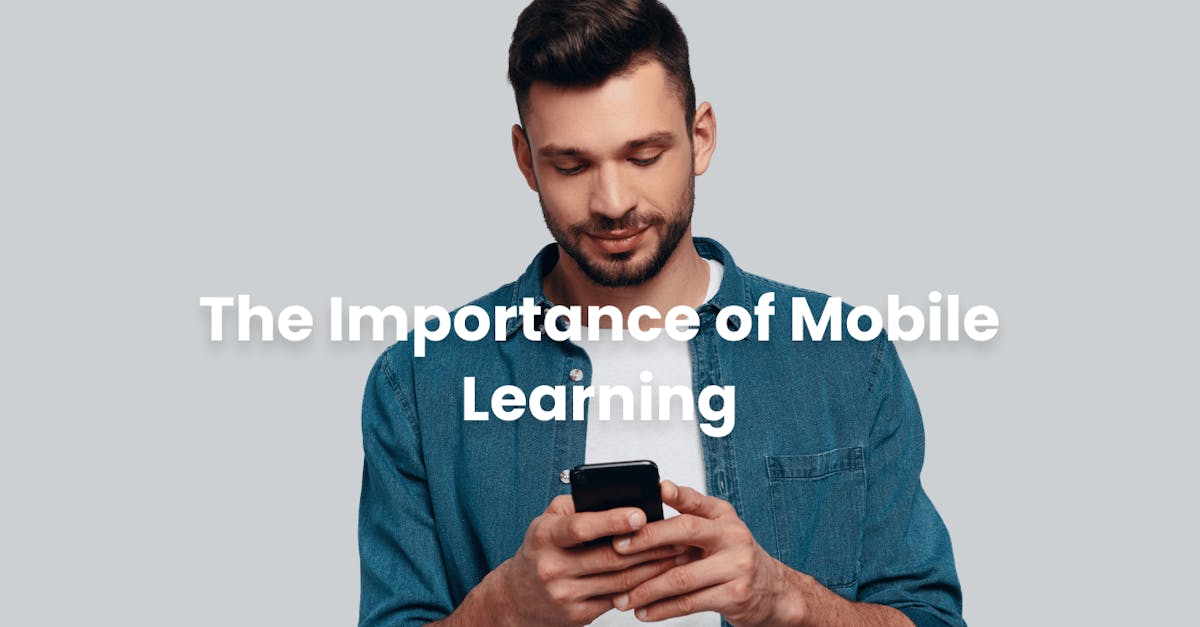
The importance of mobile learning can’t be understated in today’s modern world. More than just a buzzword or a hippy trend in education, more organizations have embraced this method due to its flexibility and convenience. In this article, we’ll look into why mobile learning has become the go-to when it comes to the delivery of learning content.
What is mlearning?
Mobile learning is the delivery of learning materials and experiences through portable electronics, such as smartphones and tablets. It allows learners to access educational resources and participate in learning activities anytime and anywhere.
Mobile learning can be accessed both online and offline. Online mobile learning requires accessing educational content and participating in learning activities through an internet connection. On the other hand, offline mobile learning involves accessing educational content and learning activities without an internet connection, using pre-downloaded resources. The best approach may depend on the specific learning needs and preferences of the learner, as well as the availability of internet connectivity.
The goal of mobile learning
The primary goal of mobile learning is to make learning more convenient and accessible, allowing learners to gain new skills and knowledge even with busy schedules. It helps bridge the gap for those facing geographical, financial, or time constraints to access education.
Additionally, mobile learning can help improve the reach and impact of corporate training programs as it allows companies to reach a larger and more diverse audience, including remote employees and those working in different time zones.
Advantages of mobile learning
Whether it be professional training, personal development, or in everyday life, modern individuals now get their information mostly from their mobile devices. Because more organizations have an increased understanding of the importance of ‘mobile’, their interest is piqued towards implementing mlearning. Let’s look into some advantages of mobile learning below.
1. Mobile learning makes learning accessible and flexible
As mentioned previously, mobile learning offers ultimate accessibility and flexibility to learners that more traditional methods lack. Learners can access lessons, modules, activities, and courses anytime, anywhere via their mobile devices. This means that they don’t necessarily have to take training during office hours or in the office itself. They can access learning materials from their home, while commuting, or even during breaks.
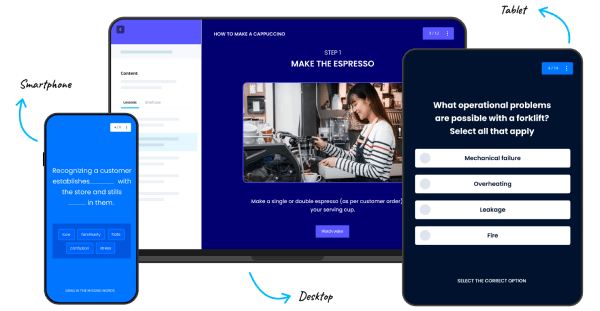
In this technological age, mobile learning serves as the best solution for keeping up with the learning trends and adapting to the hectic schedules of your employees. It doesn’t just allow your employees to learn at their own convenience, but it also allows you to track the learning progress of each employee.
Having a mobile-first platform like EdApp helps training managers reach and train various groups of employees at scale to keep them aligned in driving success for the company.
Get started with mobile learning today!
2. It’s perfect for just-in-time learning
Our technological age has undoubtedly made work life increasingly fast-paced. It has made every task, process, and operation in corporate organizations quicker. While it has increased our productivity, it has also made our lives busy because of the ability to complete greater work volumes and introduce new tasks and responsibilities.
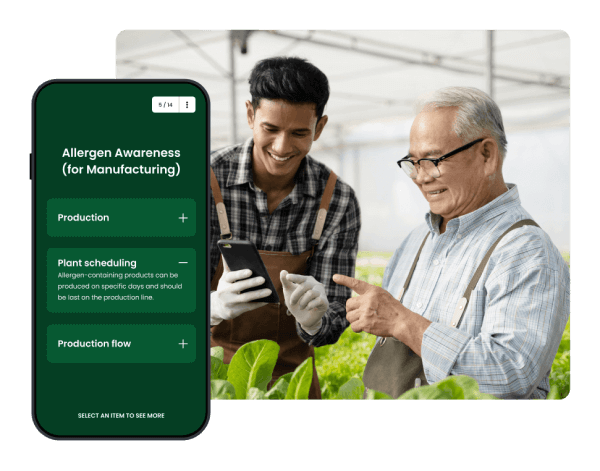
A fast-paced work life requires a fast-paced learning method. Cue, mlearning! This strategy is perfectly suited for a high-speed life as it allows employees to maximize just-in-time learning. They won't have to wait for scheduled training because they’ll have quick access to information right at their fingertips and can start learning immediately when needed. This also promotes self-learning and gives employees more control over their training.
3. Mobile learning increases completion rates
Nobody has the time to sit through half-hour-long eLearning courses anymore. Because mLearning courses are bite-sized, they allow learners to complete courses quickly and move on to the next. This increases the completion rates of such courses as learners are not required to devote too much time every day.
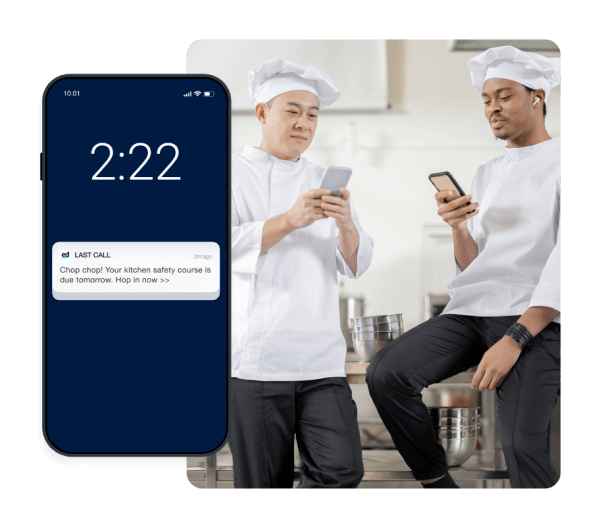
Features like custom notifications are available to remind learners of necessary actions to take upon delivering courses or quizzes. There’s no need to chase your employees since this is embedded into the user management feature, which yields higher completion rates.
4. Mobile learning offers higher engagement
A modern individual is used to receiving information in short, focused chunks on their smartphones. Social media apps, like Facebook, YouTube, and Twitter, have made it second nature to receive information in this way. Because short bursts of visually-appealing information engage us, mLearning content is valuable when designed in a visually-appealing manner, with engaging interactivities.
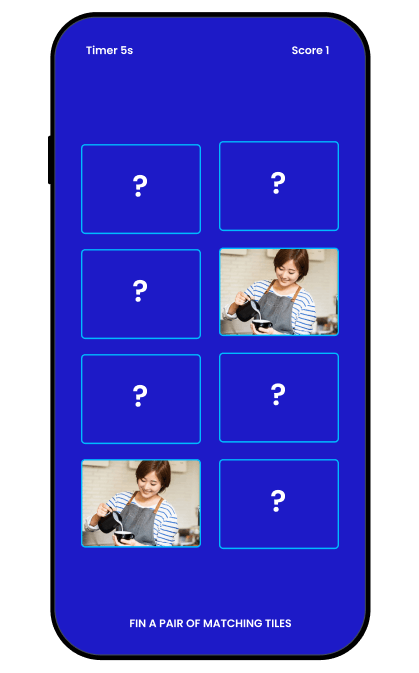
Mobile devices and digital tools used in mobile learning include interactive and multimedia content, such as animations, simulations, and videos, which can enhance the learning experience and improve engagement. Additionally, gamification elements, such as rewards, leaderboards, and achievements can be included in courses to motivate employees to progress through and complete their training. This works best with a mobile learning approach as it makes training feel like simply playing smartphone games instead of doing another work task.
5. Personalized learning is suited for mobile learning
Mobile learning can be personalized to meet the specific needs and learning styles of individual learners, improving engagement by offering a more relevant and tailored learning experience.
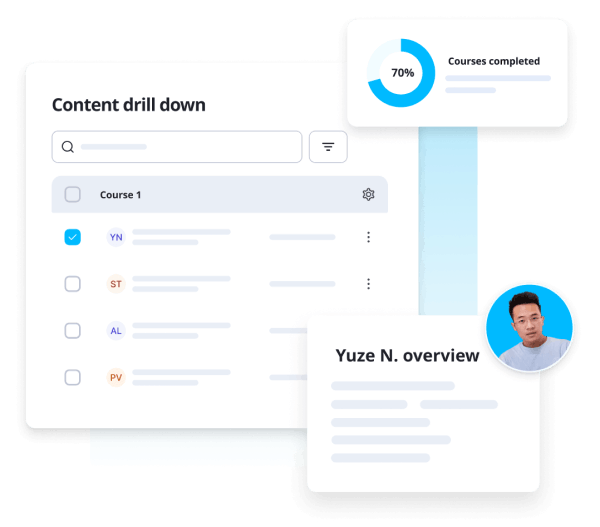
mLearning became popular since L&D professionals understood that they must adopt and execute a plan for a learner-centric approach to learning by offering learners freedom and accessibility. Personalized learning is another learner-centric approach, which fits nicely into mLearning courses. It simultaneously provides learning that’s customized to each individual learner’s strengths, needs, skills, and interests. This is achieved through learners’ unique learning paths that respond or adapt based on their progress, motivations, and goals through the collection of accurate and relevant data.
Author
Gabrielle Rivera
Gabrielle is an eLearning content writer for EdApp, a microlearning solution designed for today's digital habits. She creates content about cutting-edge learning technologies and resources to help companies deliver great training experiences. When not absorbed in writing, she spends her time playing video games and reading books.
